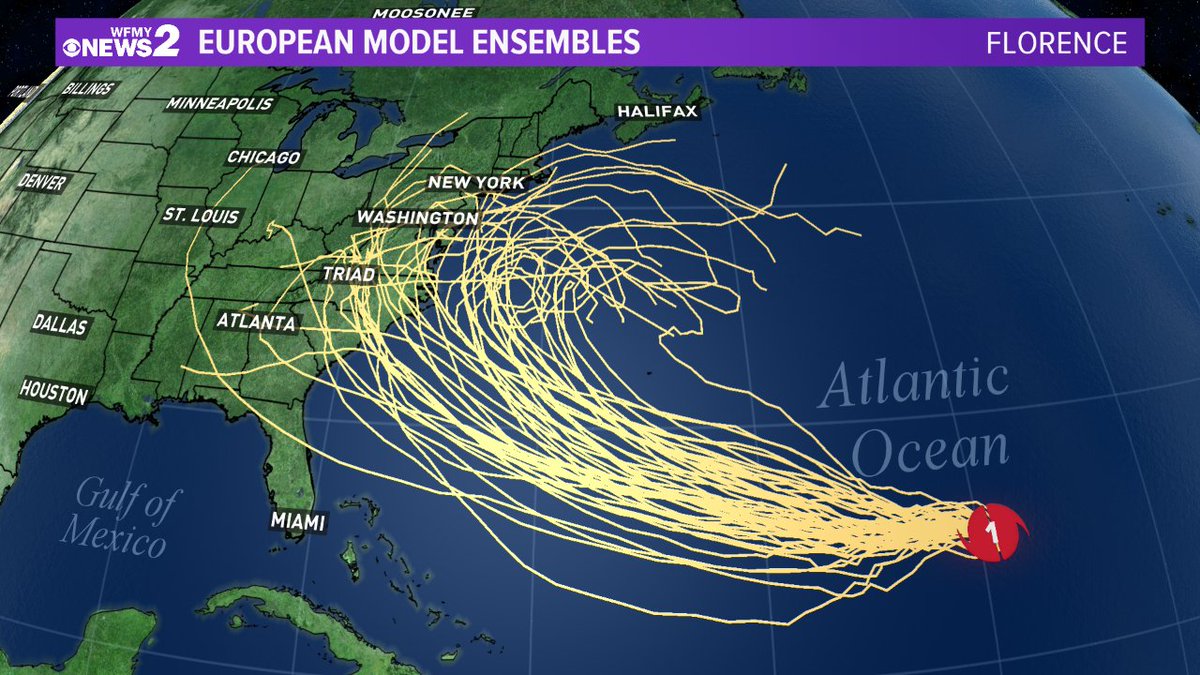Spaghetti Model Characteristics

Spaghetti models are a type of statistical model that is used to analyze the relationship between two or more variables. They are called “spaghetti models” because they often produce a series of spaghetti-like lines that represent the different possible relationships between the variables.
Spaghetti models are different from other data analysis techniques in that they do not assume a specific relationship between the variables. Instead, they allow the data to speak for itself and show the different possible relationships that may exist.
Strengths of Spaghetti Models
- Spaghetti models are very flexible and can be used to analyze a wide variety of data.
- Spaghetti models are easy to interpret and can be understood by non-statisticians.
- Spaghetti models can help to identify relationships between variables that may not be apparent from other data analysis techniques.
Weaknesses of Spaghetti Models
- Spaghetti models can be difficult to use for making predictions.
- Spaghetti models can be sensitive to outliers.
- Spaghetti models can be computationally intensive.
Spaghetti Model Creation: Spaghetti Models

Creating spaghetti models involves a series of steps that require careful planning and execution. These models are useful for visualizing the potential paths of a weather system and understanding the range of possible outcomes.
To create a spaghetti model, follow these steps:
1. Gather Data
Collect historical weather data, including observations and forecasts, to create a baseline for the model. This data will be used to train the model and generate the ensemble of possible outcomes.
2. Define the Model Parameters
Specify the model’s parameters, such as the number of ensemble members, the time step, and the forecast horizon. These parameters will determine the complexity and accuracy of the model.
3. Train the Model
Train the model using the historical data. The training process involves adjusting the model’s parameters to minimize the error between the model’s predictions and the observed data.
4. Generate the Ensemble
Once the model is trained, generate an ensemble of possible outcomes by running the model multiple times with slightly different initial conditions. This ensemble represents the range of possible paths that the weather system could take.
5. Visualize the Spaghetti Model, Spaghetti models
Plot the ensemble of possible paths on a map to create a spaghetti model. The spaghetti-like lines represent the different potential tracks of the weather system.
6. Analyze the Spaghetti Model
Examine the spaghetti model to identify the most likely path of the weather system and the range of possible outcomes. This analysis can help forecasters make more informed decisions and issue more accurate warnings.
| Step | Description |
|---|---|
| 1 | Gather data |
| 2 | Define model parameters |
| 3 | Train the model |
| 4 | Generate the ensemble |
| 5 | Visualize the spaghetti model |
| 6 | Analyze the spaghetti model |
Spaghetti models can give us a good idea of how the wind is going to blow in the Windward Islands which are located in the Caribbean. These models use data from weather stations and satellites to create a computer simulation of the atmosphere.
This simulation can then be used to predict how the wind will behave in the future.
Spaghetti models are useful tools for predicting the path of tropical cyclones. They are computer simulations that take into account a variety of factors, such as the storm’s intensity, the direction of the wind, and the temperature of the ocean water.
The National Hurricane Center (NHC) uses spaghetti models to help forecast the track of hurricanes, such as NHC Beryl. By using spaghetti models, the NHC can provide more accurate forecasts and help people prepare for the impact of hurricanes.